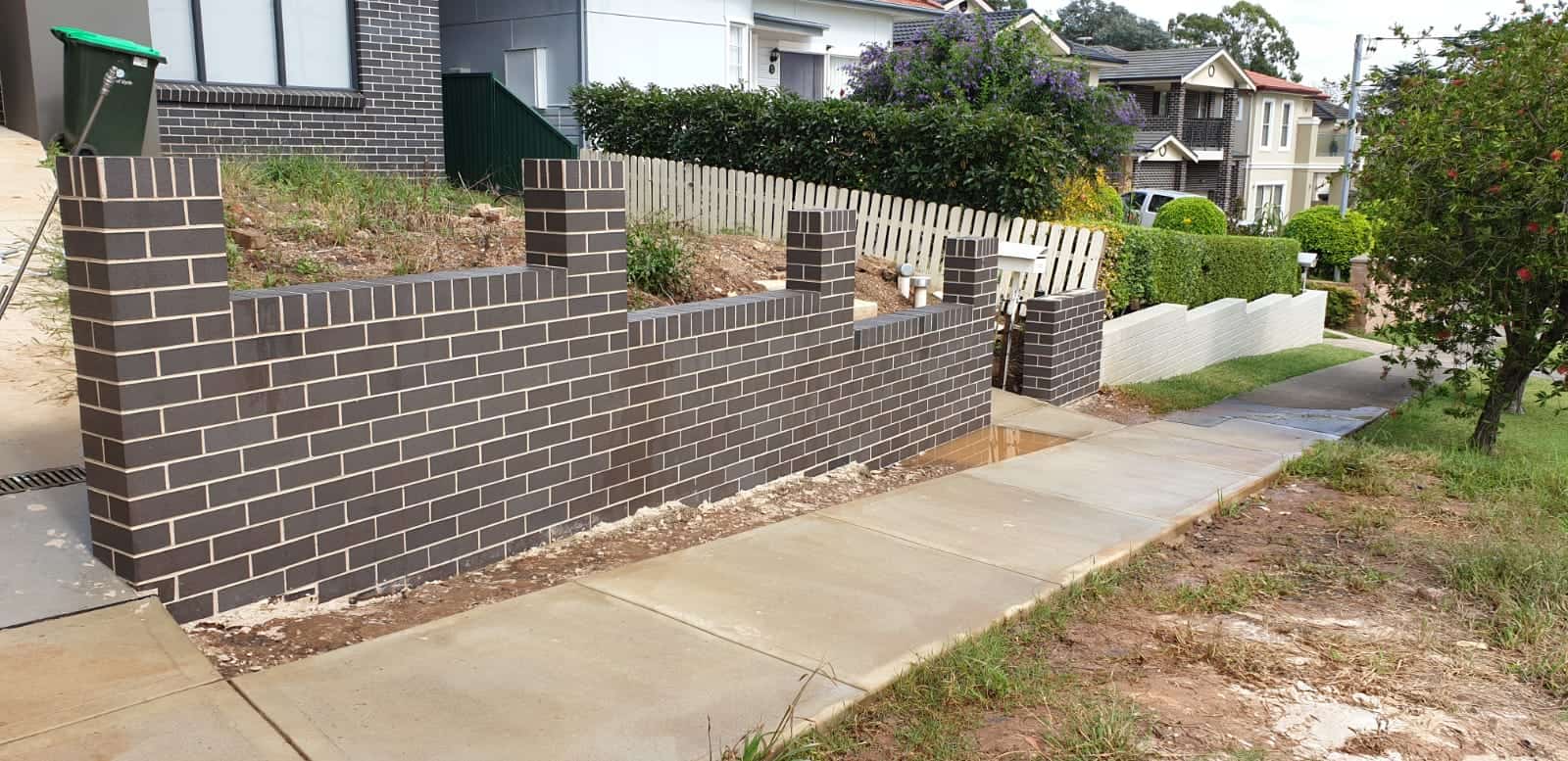Before cleaning brickwork with a high pressure cleaner, it is important to ensure that the mortar between bricks is intact. Any damage to the mortar will allow water to penetrate the interior of the wall. After cleaning with the pressure washer, the mortar should dry for a week. After rinsing, the bricks should be rinsed thoroughly. To get rid of tough stains, you can use a detergent and rotary scrub pressure. It is important to keep the nozzle of the pressure washer about 12 inches away from the bricks.
When cleaning brickwork with a high pressure cleaner, you should first check the joints of the wall. Make sure that they are free from cracks and weak spots. If necessary, you should fix these areas by using fresh mortar and letting it dry for seven days. Additionally, it is important to sweep loose dirt and other debris to prevent water seeping into the brick joints. Finally, if the brickwork is on the outside of your property, you should use tarpaulin to protect the area.
The water pressure you use on the wall should be very low to avoid damaging the structure of the brick. Nevertheless, the high pressure setting of the high pressure cleaner should be sufficient to clean the brickwork. The high-pressure setting of the high pressure cleaner will damage the surface of the bricks. So, it is better to use a low-pressure cleaner to clean brickwork. It should be used on low-pressure settings and avoid using the high-pressure settings on the device.
Before pressure washing brickwork, make sure to check the condition of the joints. If there are any weak spots, you should make the repairs before the cleaning. If the joint is damaged, you should apply fresh mortar and wait for 7 days before you can proceed. Then, you should clean the entire wall with the high-pressure cleaner. You should also remove efflorescence, which is a build-up of salts in the bricks.
You can also use a rotary scrub brush to remove tough stains from brickwork. To get the best results, you should start cleaning from the bottom and work upwards. You should make sure that the water pressure is low and the soap and detergent penetrate the brick. By using a soft bristle brush, you can ensure that the detergent penetrates the bricks and the brickwork will become clean.
To clean brick with a high pressure cleaner, you should use a detergent with the proper cleaning solution. While a low-pressure cleaner can clean brick, high-pressure cleaners are more efficient. A good high-pressure cleaner will be able to clean both brick and mortar. It is also possible to use the same cleaning agent to clean brick walls with a high-pressure cleaner. It is recommended to use a heavy-duty gas or diesel pressure washer for general building surfaces.
Before you start using a high-pressure cleaner, you should make sure that you remove all vegetation and mold before applying any cleaning solution. If you are cleaning brickwork, you should also consider applying a chlorine and water solution. A simple chlorine and water mixture will do the trick. Using this solution will help you clean the brick exterior and prevent chemical reactions. When using a high-pressure cleaner, you can work in small sections and let the cleaner work its magic.
After you’ve cleaned the brickwork with a high-pressure cleaner, you should apply a sealant to protect it from future dirt accumulation. A sealant will also help prevent stains from coming back. In addition to cleaning bricks, it is important to protect the bricks with a protective coating. Depending on the location of the stain, you can even use a high-pressure washer with a high-pressure cleaner for the exterior of your home.
You can also clean brickwork with a high-pressure cleaner if you’re unsure of the best method for cleaning your brickwork. The pressure washer should be positioned in a safe place so that it can cover plants and other nearby objects. If you’re cleaning a brick wall with a high-pressure cleaner, make sure you take care to protect the surrounding plants, windows, and furniture.


Comments are closed